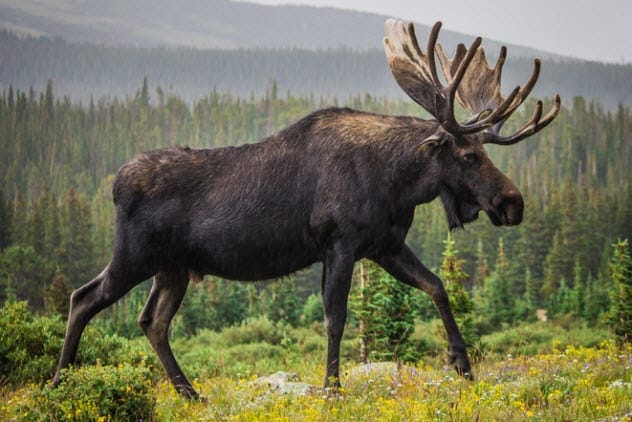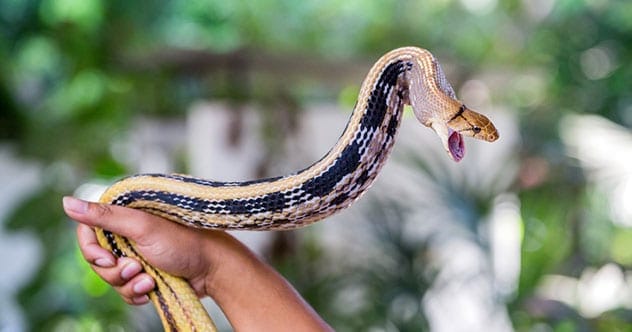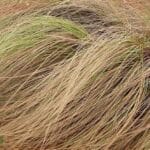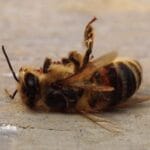Farming has shaped human civilization, providing a stable food source that allowed us to move beyond hunting and gathering. While most farms focus on conventional crops and livestock, some cultivate the truly bizarre. Get ready to explore ten of the strangest farms from around the globe!
10. Snake Farm
Located in Bangkok, the Queen Saovabha Memorial Institute isn’t your typical farm. Instead of cows, they raise venomous snakes. Why? To extract their venom and create life-saving antivenom. Researchers carefully “milk” the snakes, collecting venom used for research and treatment. Tourists can even witness this process for a small fee. It turns out snakes are happy to hang out as long as they are fed and warm.
9. Spider Goats
Imagine goats producing spider silk. Scientists at Utah State University genetically engineered goats to produce spider silk proteins in their milk. Spider silk, or BioSteel, is incredibly strong and flexible and has uses in surgery. Since spiders are difficult to farm due to their cannibalistic nature, goats offer a more practical solution. The silk proteins extracted from the goat’s milk are up to ten times stronger than steel!
8. Moose Farm

Moose milk is a rare and nutritious substance, boasting more essential amino acids and twice the fat of cow’s milk. At the Ivan Susanin Sanatorium in Russia, moose milk is used to treat illnesses. The moose roam freely in the forests and return to the farm to give birth, where farmers carefully milk them. Each moose wears radio trackers to prevent them from wandering off completely. The farm earns more from tourists than milk production.
7. The Pope’s Farm
Castel Gandolfo, the Pope’s summer residence, includes a 62-acre farm. The farm produced crops exclusively for the Vatican, until Pope Francis opened it to the public. Tourists can now visit and even purchase the farm’s produce. The chickens on this farm have a special diet: leftover dough from communion wafers, making them particularly holy!
6. Body Farm
Body farms serve a unique purpose: studying human decomposition. At these facilities, bodies are left outside under various conditions. Researchers monitor the decomposition process, tracking insect activity and other factors. This research helps law enforcement estimate time of death in criminal investigations. Most bodies are donated to science, with some people specifically choosing to leave their remains to body farms.
5. Cannabis Farms
Cannabis farms operate in diverse ways, ranging from legal, government-run facilities to clandestine operations. Growers have become creative in hiding their farms where cannabis is illegal. In Britain, one grower transformed a former nuclear bunker into a cannabis farm using expensive lighting and watering systems. Others use attics, where the heat often melts snow on the roof, giving them away.
4. Leech Farms
Leeches have been used in medicine for centuries. In the past, leech collectors endured the unpleasant task of attracting leeches by wading into water and letting them bite. Today, leeches are raised on farms. Farmers use sausage casings filled with sheep blood to feed the leeches. Once they have grown, they are packaged and sent to hospitals, where they are used in surgeries to improve blood flow.
3. Pig Toilets
In ancient China, pigsties were built beneath latrines, allowing pigs to consume human waste. This method was an effective way of dealing with sewage, though it raised health concerns. This practice has been largely banned due to the risk of spreading parasites. However, some societies still use pig toilets and prize the meat produced.
2. Space Farm
To colonize space, humans need to grow food beyond Earth. Astronauts on the International Space Station (ISS) have been growing crops since 2015. The Veggie system uses LEDs to grow plants efficiently, saving energy. Astronauts have successfully grown lettuce, cabbages, kale, and pak choi on the ISS, paving the way for future space restaurants.
1. Bird Nests
Bird nest soup, a delicacy, is made from the solidified saliva of swiftlet birds. Swiftlets build nests in hard-to-reach locations, making the nests expensive. To reduce the impact on wild bird populations, swiftlet farms have emerged. Farmers build structures that resemble houses and then wait to collect the nests after the breeding season.
From snake venom used to create antivenom to bird saliva used in delicacies, the world of agriculture can be truly bizarre. These farms prove that innovation and necessity can lead to the most unexpected practices.
Which of these strange farms surprised you the most? Leave your comment below!










